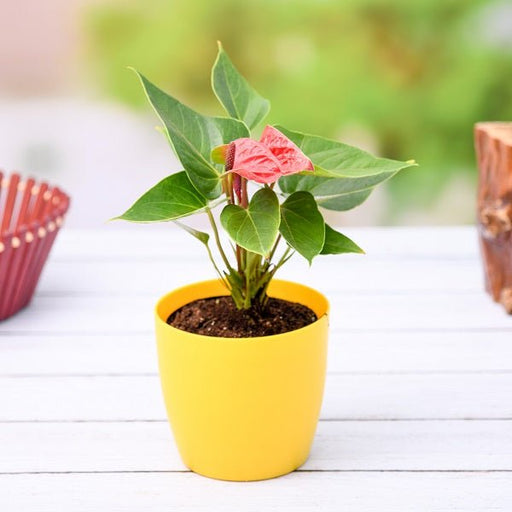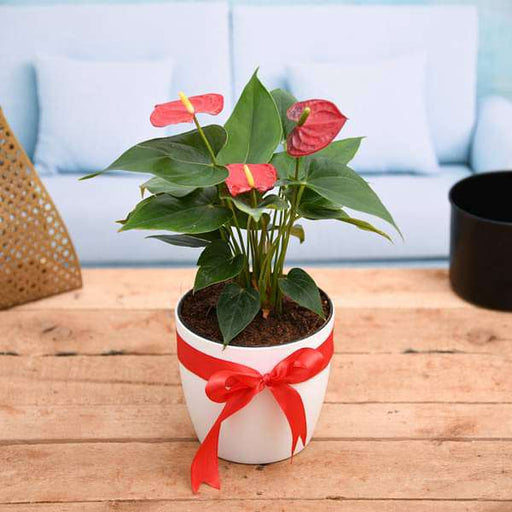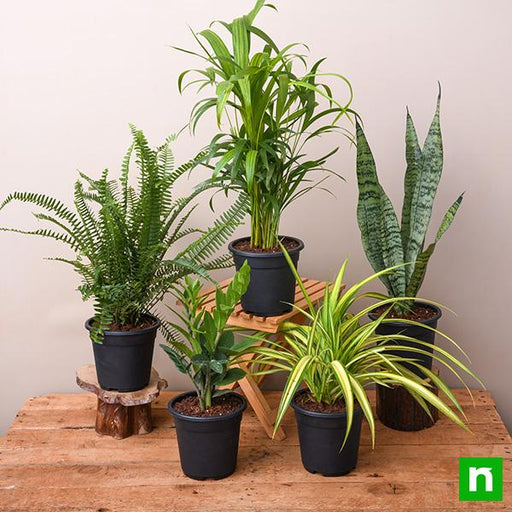Anthurium Care
Anthurium plants are low-maintenance but still need some care to thrive. This article will guide you on how to care for your Anthurium plant, including watering, fertilizing, and pruning tips.
Anthurium Flowers
Anthurium plants produce beautiful flowers in a range of colors, from white to pink, red, and purple. This article will delve into the anatomy of the Anthurium flower and the symbolism behind its colors.
Anthurium Varieties
There are over 1000 Anthurium species, each with unique characteristics. This article will introduce you to some of the most popular Anthurium varieties, including the flamingo flower, painter's palette, and crystal Anthurium.
Anthurium Potting
Choosing the right pot and soil for your Anthurium plant is crucial to its growth and health. This article will provide tips on how to pot your Anthurium plant, including selecting the right pot size, soil type, and drainage.
Anthurium Light Requirements
Anthurium plants thrive in bright, indirect light, but too much direct sunlight can be harmful. This article will discuss the light requirements of Anthurium plants and how to ensure they get the right amount of light.
Anthurium Watering
Overwatering and underwatering are common mistakes in Anthurium care. This article will teach you how to water your Anthurium plant properly, including how often to water and how to tell when your plant needs water.
Anthurium Fertilizer
Fertilizing your Anthurium plant is essential for promoting growth and flowering. This article will cover the different types of fertilizer you can use for Anthurium plants and how to apply them.
Anthurium Propagation
Propagating Anthurium plants can be done through division, cuttings, or seeds. This article will guide you through each method and provide tips on how to propagate your Anthurium plant successfully.
Anthurium Diseases
Anthurium plants can be susceptible to various diseases, including bacterial leaf blight and fungal infections. This article will discuss the common diseases that affect Anthurium plants and how to prevent and treat them.
Anthurium Pests
Pests like spider mites and mealybugs can infest Anthurium plants and cause damage. This article will introduce you to the common pests that affect Anthurium plants and how to control and prevent them.
Anthurium Soil Requirements
Anthurium plants prefer well-draining soil that is rich in organic matter. This article will cover the ideal soil requirements for Anthurium plants and how to prepare the soil for planting.
Anthurium Leaves
Anthurium leaves come in different shapes and sizes, from glossy to matte, and can provide clues to the plant's health. This article will discuss the different types of Anthurium leaves and what they indicate about the plant's condition.
Anthurium Roots
Healthy roots are essential for the growth and survival of Anthurium plants. This article will cover the anatomy of Anthurium roots and how to ensure they stay healthy and strong.
Anthurium Temperature Requirements
Anthurium plants prefer warm, humid conditions but can tolerate cooler temperatures. This article will discuss the ideal temperature range for Anthurium plants and how to protect them from extreme temperatures.
Anthurium Humidity Requirements
Anthurium plants thrive in high humidity environments, but too much humidity can also be detrimental. This article will cover the ideal humidity requirements for Anthurium plants and how to maintain a proper humidity level.
Anthurium Blooming
Anthurium plants are known for their showy blooms that can last for weeks or even months. This article will discuss the factors that influence Anthurium blooming and how to encourage your plant to produce more flowers.
Anthurium Toxicity
Anthurium plants contain calcium oxalate crystals that can cause irritation and discomfort if ingested. This article will cover the potential health hazards of Anthurium plants and how to keep them away from pets and children.
Anthurium Decor
Anthurium plants make excellent houseplants and can add a touch of tropical elegance to any space. This article will provide tips on how to incorporate Anthurium plants into your home decor.
Anthurium Gift
Anthurium plants make thoughtful and long-lasting gifts for any occasion, from birthdays to housewarmings. This article will discuss the benefits of giving Anthurium plants as gifts and how to care for them after gifting.
Anthurium Art
Anthurium plants have inspired many artists and designers, and their unique shapes and colors make them popular subjects for art and decor. This article will showcase some of the creative ways that Anthurium plants have been incorporated into art and design.






















































